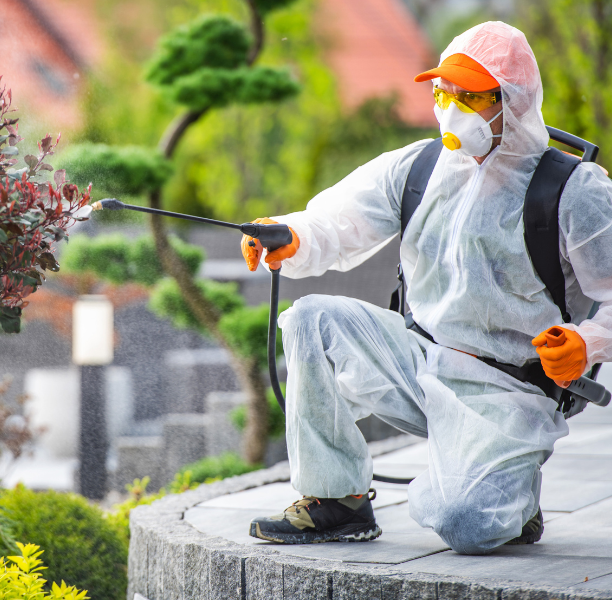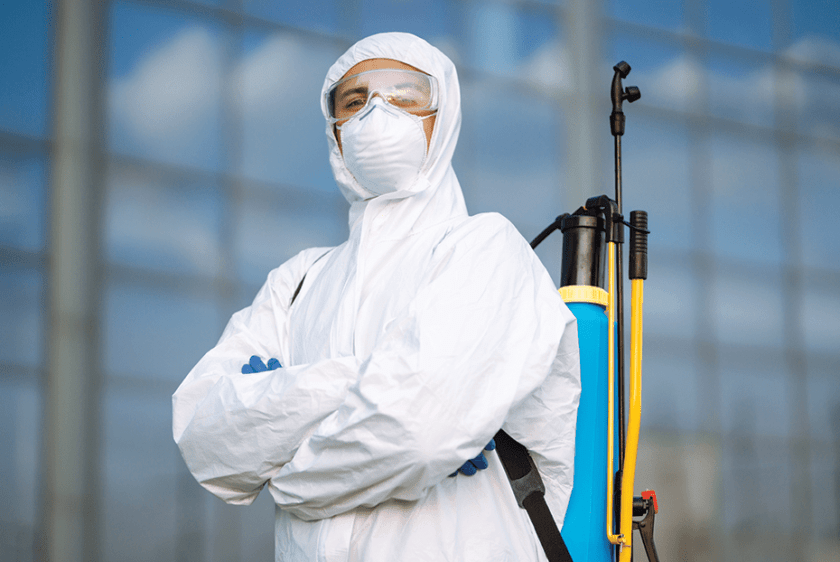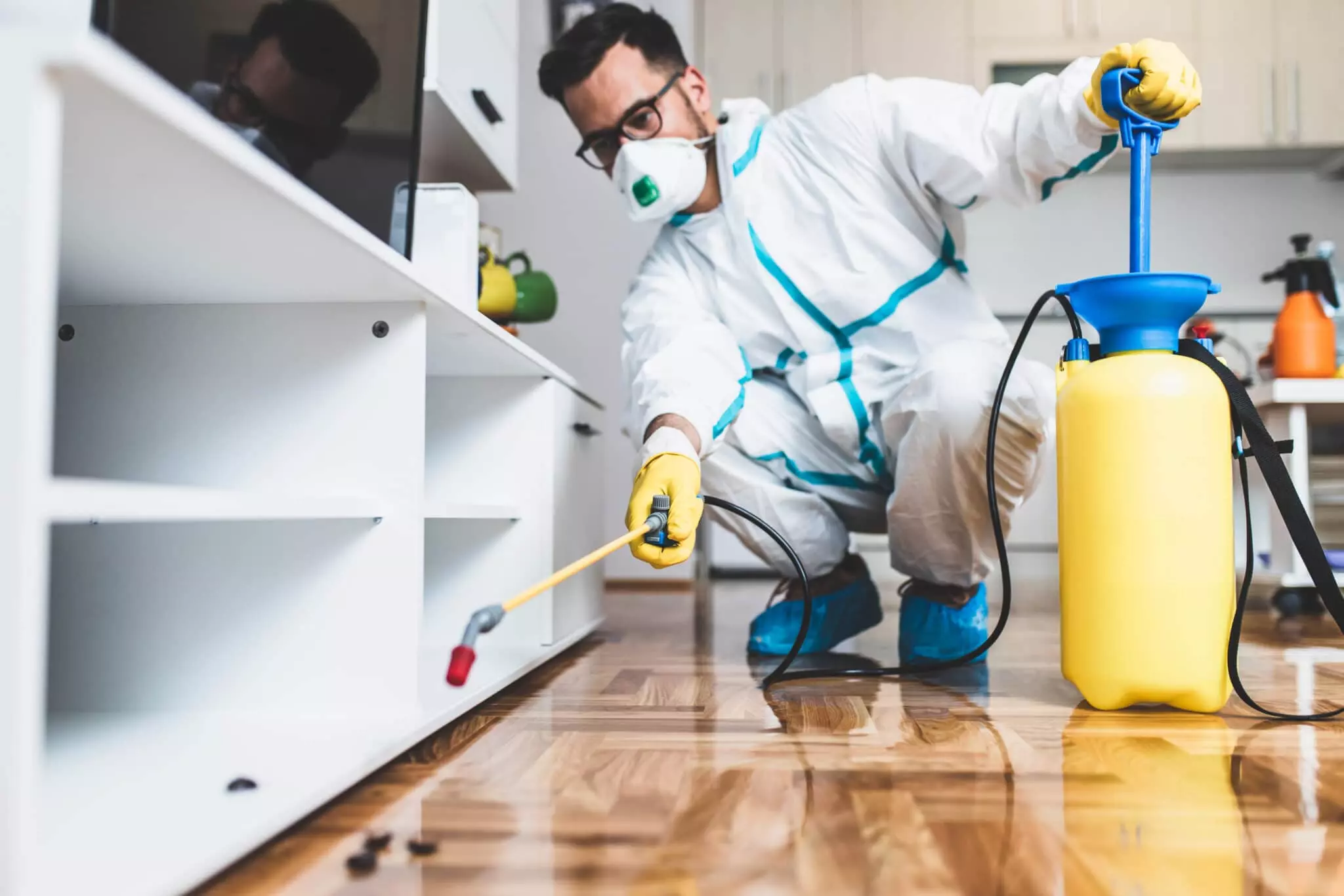Safe and Reliable Bug Control for Lasting Protection
The importance of safe and dependable pest control can not be overemphasized, particularly in an era where environmental issues are paramount. Efficient bug administration calls for a diverse technique that balances environmental honesty with the need for reliable pest reductions. By discovering green remedies and incorporated parasite administration strategies, house owners can achieve long lasting security against invasive species while securing useful ecological communities. Nonetheless, the nuances of these methods might not be quickly clear, prompting a closer assessment of the practices that can result in sustainable insect control outcomes. What steps can be taken to make sure both safety and security and efficacy in parasite administration?
Comprehending Insect Control Approaches
Pest control incorporates a range of techniques focused on handling and eliminating unwanted pests and rodents that can intimidate both health and building. Recognizing these methods is important for effective parasite administration.
The key categories of parasite control approaches include mechanical, organic, and chemical methods. Mechanical methods involve physical obstacles and traps to avoid bug entry and capture unwanted varieties. Using displays on windows or using sticky catches can significantly reduce parasite populaces without presenting hazardous substances - exterminator coquitlam.

Chemical pest control is usually the most recognized technique, utilizing chemicals to get rid of parasites. These chemicals can be reliable yet should be utilized with care to avoid damaging effects on non-target types and the setting.
Advantages of Eco-Friendly Solutions
Exactly how can environmentally friendly remedies transform bug control methods? The adoption of green insect control techniques supplies various benefits, considerably improving the performance and safety and security of bug monitoring.

An additional benefit is the favorable effect on local biodiversity. Environmentally friendly options are created to target certain bugs while maintaining advantageous bugs and wild animals, promoting a balanced community. This method straightens with the expanding customer demand for sustainable practices, boosting the online reputation of insect control providers.
Integrated Pest Monitoring Approaches
The application of environment-friendly options naturally results in the adoption of Integrated Pest Monitoring (IPM) methods, which even more enhance bug control effectiveness. IPM is an alternative method that incorporates numerous tactics to take care of insect populations while reducing ecological effect. This technique stresses making use of biological, social, mechanical, and chemical controls, making certain a well balanced and sustainable technique of insect monitoring.
One basic element of IPM is the comprehensive analysis of insect task and environmental problems. By keeping track of parasite populaces and identifying their life cycles, practitioners can carry out targeted treatments that interrupt the bug's habitat or lifecycle, lowering reliance on chemical pesticides. Furthermore, social practices such as crop turning and habitat control can dramatically decrease bug facility and reproduction.
An additional important part is using biological control representatives, such as advantageous bugs or microbes, which can normally suppress insect populaces. When chemical applications are essential, IPM prioritizes using low-risk pesticides and uses them selectively, minimizing exposure to non-target microorganisms and humans.
Integrating IPM methods not only boosts bug control effectiveness however likewise advertises a safer environment, aligning with the expanding demand for sustainable techniques in pest monitoring.
Safe Practices for House Owners
Recognizing the significance of secure methods in pest control can equip property owners to effectively take care of pest issues while protecting their health and wellness and the setting. Executing preventative procedures and non-toxic methods is crucial in decreasing direct exposure to damaging chemicals.
Homeowners must first assess their environment for conditions that bring in parasites, such as standing food, water, and clutter waste. Frequently cleansing and securing entry factors can deter bugs from getting into the home. Using natural deterrents, such as vital oils or diatomaceous earth, can provide reliable options to chemical pesticides.
When chemical therapies are necessary, home owners must select items that are particularly identified as risk-free for property use. It is important to comply with application standards thoroughly to avoid too much exposure. Using targeted treatments in locations where insects are recognized, instead than blanket spraying, can significantly reduce chemical use.
Last but not least, keeping open interaction with insect control professionals is vital. Homeowners need to pop over here make inquiries concerning the safety and security of products used and demand green alternatives whenever feasible. By taking on these risk-free methods, homeowners can produce a much healthier living setting while effectively handling pest issues.

Tips for Long-Term Security
Establishing a parasite administration method that highlights long-term security can greatly enhance the performance of the risk-free techniques previously gone over. To attain this, home owners must apply normal assessments of their residential property, focusing on hidden locations such as attics, cellars, and crawl areas. Early detection of bug activity is critical in preventing problems from holding.
These practices minimize attractants that draw insects right into the home. Securing entrance factors, such as splits around doors and windows, can properly block prospective bug gain access to.
Landscape design must likewise be taken into consideration; maintaining plants cut and maintaining a range in between plant life and the home decreases concealing places for parasites. Using all-natural deterrents, such as vital oils or diatomaceous planet, can better inhibit problems without turning to harsh chemicals.
Lastly, collaborating with a specialist parasite control service for regular examinations can provide an added layer of safety. These experts can offer tailored referrals and progressed therapies, making certain that your home continues to be protected against bugs in the lengthy term.
Final Thought
To conclude, risk-free and trustworthy bug control needs a multifaceted method that stresses green approaches and integrated parasite administration. By carrying out natural deterrents, performing regular examinations, and keeping proper cleanliness, homeowner can significantly minimize bug populaces while protecting useful insects and the atmosphere. Cooperation with professional insect control services enhances the efficiency of these strategies, making sure tailored remedies that give long-term security and comfort versus future infestations.
Reliable parasite management calls for a multifaceted method that stabilizes environmental integrity with the demand my explanation for effective parasite suppression. The fostering of eco-friendly bug control techniques supplies numerous advantages, substantially improving the efficiency and security of pest administration.The implementation of eco-friendly remedies naturally leads to the fostering of Integrated Bug Management (IPM) approaches, which even more boost bug control efficiency. exterminator coquitlam. By checking insect populaces and recognizing their life cycles, professionals can implement targeted interventions that interfere with the insect's environment or lifecycle, reducing reliance on chemical pesticides.In verdict, risk-free and reliable insect control needs a complex method that highlights cockroach removal eco-friendly approaches and integrated bug monitoring